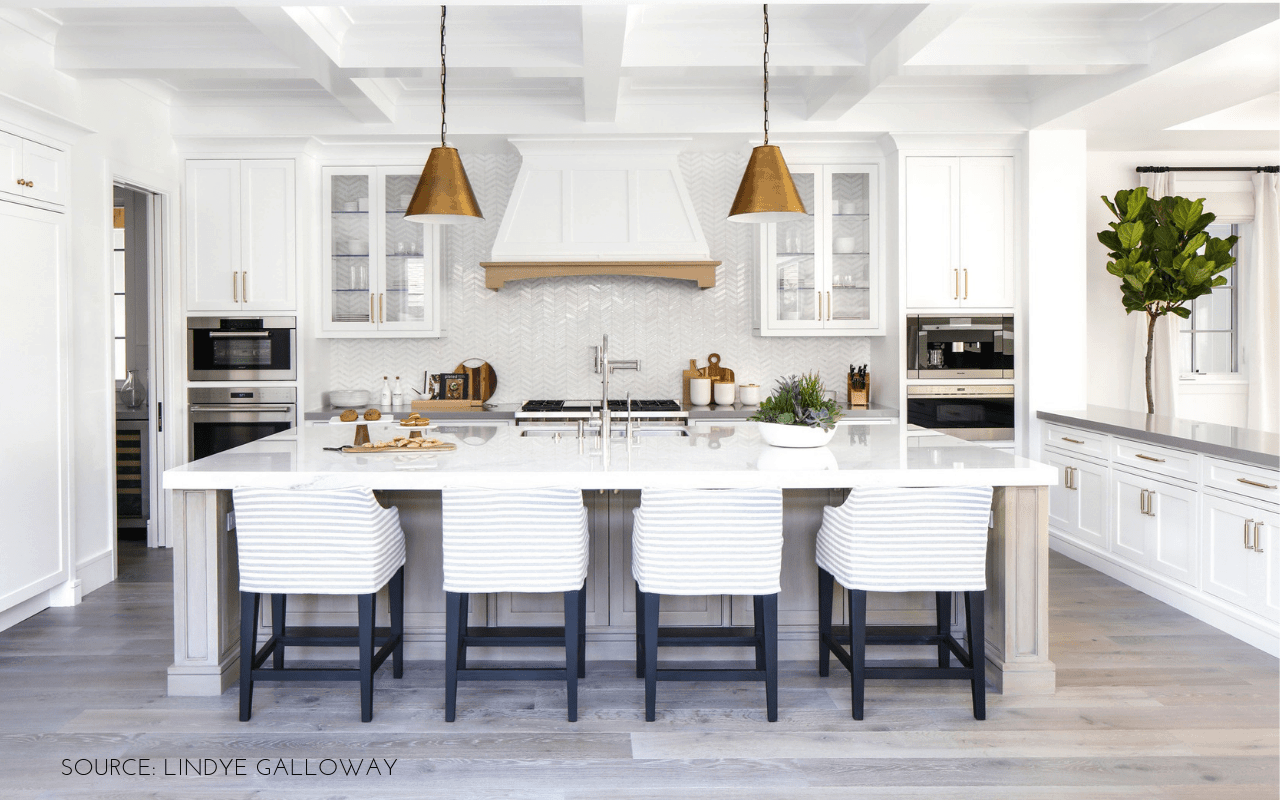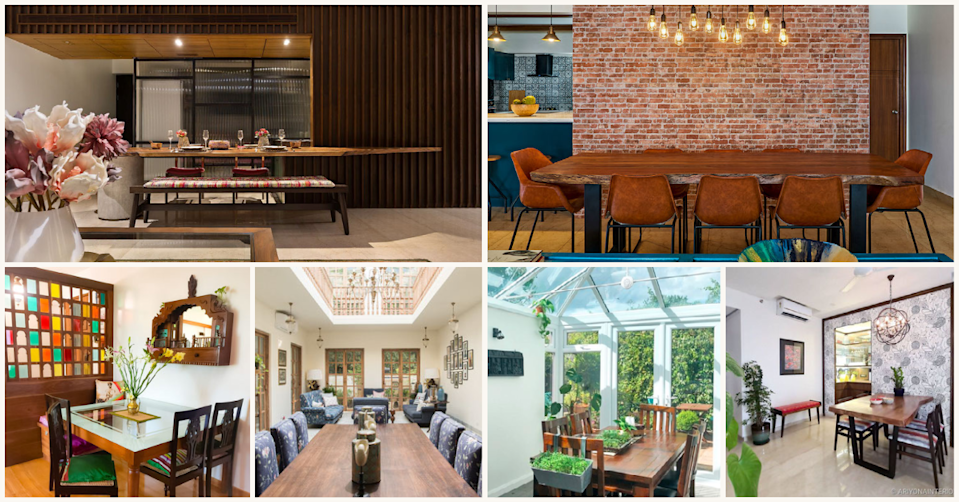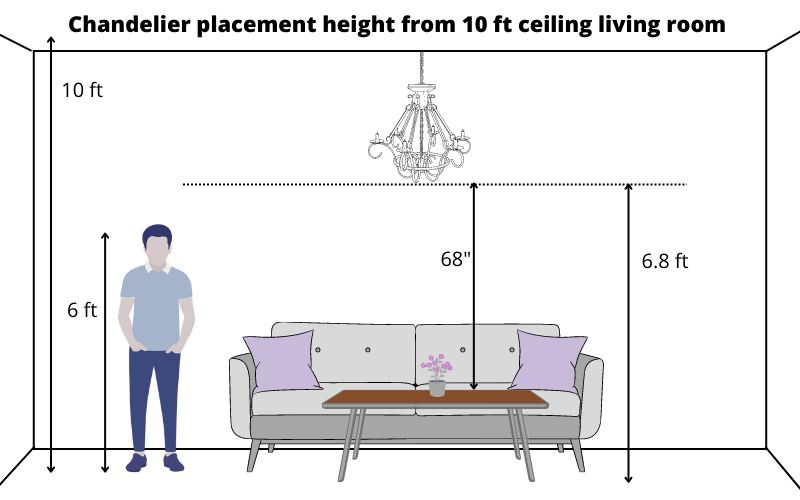When it comes to adding a touch of elegance and sophistication to your home, a chandelier can be the perfect addition. However, deciding where to hang it can be a bit of a challenge. Here are five tips to help you choose the perfect spot for your chandelier. Firstly, consider the size and shape of the room. If you have a large, open space, a larger chandelier with multiple tiers may work well. For smaller rooms, a smaller chandelier with a simpler design may be more appropriate. It's important to make sure the size and shape of the chandelier is proportionate to the room it will be hanging in. Secondly, think about the height of your ceiling. For standard 8-foot ceilings, a chandelier should hang about 30-34 inches above the table. For higher ceilings, you can add an additional 3 inches for every foot above 8 feet. This will ensure the chandelier is at the right height for both functionality and aesthetics. Next, consider the style of the chandelier and how it will fit in with the overall design of your kitchen. If you have a modern kitchen, a sleek and minimalist chandelier may be the way to go. For a more traditional or rustic kitchen, a chandelier with a classic design and warm tones may be a better choice. Another important factor to keep in mind is the lighting in the room. A chandelier with multiple bulbs can provide ample lighting for a dining area, but if it's the only light source in the room, it may not be enough. Consider adding additional lighting, such as recessed lights or sconces, to ensure the room is well-lit and functional. Lastly, don't be afraid to get creative with your chandelier placement. While it's traditional to hang a chandelier over the center of the dining table, you can also try hanging it off-center for a more unique look. You can also consider placing a chandelier over a kitchen island or even above the kitchen sink for added elegance.1. Chandelier Placement: 5 Tips for Choosing the Perfect Spot
One of the most common questions when it comes to chandelier placement is how high it should hang over a dining table. As mentioned earlier, the standard height for a chandelier over a dining table is 30-34 inches above the table. However, this can vary depending on the size and shape of your table. If you have a round or square table, you can stick with the standard height mentioned above. However, for rectangular tables, a good rule of thumb is to hang the chandelier about 12 inches shorter than the width of the table. This will ensure the chandelier is centered and proportionate to the table. Another important factor to consider is the size of the chandelier itself. If you have a large chandelier with multiple tiers, it may need to hang lower to avoid looking too small in comparison to the table. On the other hand, a smaller chandelier with a simpler design can hang slightly higher without looking out of place. Ultimately, the height of your chandelier over a dining table will depend on your personal preference and the design of your room. It's always a good idea to try out different heights before committing to one, to see which one looks best in your space.2. How High Should a Chandelier Hang Over a Dining Table?
Now that we've covered the height and placement of a chandelier over a dining table, let's address the question of whether or not it's appropriate to have a chandelier over a kitchen table. The answer is yes, but with some considerations. Firstly, if your kitchen and dining area are connected, a chandelier over the kitchen table can help create a cohesive and elegant look. However, if your kitchen is separate from the dining area, it may not be necessary to have a chandelier in the kitchen. Secondly, make sure the chandelier is not too large for the space. The kitchen table is typically smaller than a dining table, so a smaller chandelier may be more appropriate. You can also consider hanging a mini chandelier or a cluster of smaller pendant lights over the kitchen table for a more modern and unique look. Lastly, consider the height of the chandelier in relation to the kitchen table. You don't want it to hang too low and obstruct your view or get in the way while cooking or dining. As a general rule, the bottom of the chandelier should be at least 30 inches above the table.3. Chandelier Over Kitchen Table: Yes or No?
Choosing the perfect dining room chandelier can be a daunting task, but it doesn't have to be. Here are 10 tips to help you make the right decision: 1. Consider the style of your dining room. The chandelier should complement the overall design of the room. 2. Take note of the size and shape of your dining table. This will help determine the appropriate size and placement of the chandelier. 3. Think about the function of the chandelier. Will it be the main source of lighting or just for decorative purposes? 4. Consider the height of your ceiling. This will determine the maximum length of the chandelier. 5. Don't be afraid to mix and match styles. A modern chandelier in a traditional room can add a unique touch. 6. Stick to a color scheme. Choose a chandelier with colors that complement the rest of the room. 7. Keep in mind the maintenance and cleaning required. Some chandeliers may be more difficult to clean than others. 8. Look for energy-efficient options. LED bulbs are a great choice for chandeliers, as they are both energy-efficient and long-lasting. 9. Get creative with placement. As mentioned earlier, you don't have to stick to traditional placement for your chandelier. 10. Try it out before committing. Hang the chandelier at different heights and in different areas to see which one looks best in your space.4. 10 Tips for Choosing the Perfect Dining Room Chandelier
Choosing the right size chandelier is crucial for achieving the perfect look in a room. Here are some tips to help you determine the right size chandelier for your space: 1. Measure the room. Measure the length and width of the room in feet. 2. Add the length and width together. This will give you the approximate diameter of the chandelier in inches. 3. Consider the ceiling height. For standard 8-foot ceilings, a chandelier should be no larger than 20-24 inches in diameter. For higher ceilings, you can go up to 36 inches in diameter. 4. Think about the size of the room. A larger room may require a larger chandelier to avoid it looking too small in the space. 5. Consider the shape of the room. A rectangular room may require a longer chandelier, while a square room may call for a round or square chandelier. 6. Take note of other furniture in the room. Make sure the chandelier is proportionate to the rest of the furniture in the room. 7. Get creative with multiple chandeliers. If you have a large room, consider hanging multiple chandeliers instead of one large one.5. How to Determine the Right Size Chandelier for a Room
Similar to a chandelier over a kitchen table, adding one over a kitchen island can add a touch of elegance and sophistication to the space. However, there are some considerations to keep in mind. Firstly, the size of the kitchen island is important. If it's a smaller, narrow island, a chandelier may not be the best choice. In this case, consider hanging pendant lights or a linear chandelier instead. Secondly, consider the height of the chandelier in relation to the island. You don't want it to hang too low and get in the way while cooking or dining. A good rule of thumb is to keep the bottom of the chandelier at least 30 inches above the island. Lastly, think about the design of the kitchen. A modern and sleek chandelier may not fit in with a more traditional or rustic kitchen. Make sure the design of the chandelier complements the overall style of the kitchen.6. Chandelier Over Kitchen Island: Yes or No?
Now that you know the dos and don'ts of chandelier placement, here are five common mistakes to avoid when hanging a chandelier: 1. Hanging the chandelier too high or too low. As mentioned earlier, the standard height for a chandelier over a dining table is 30-34 inches. Make sure to follow this guideline for other areas as well. 2. Choosing a chandelier that is too small for the space. A small chandelier can get lost in a large room, so make sure to choose an appropriate size for the space. 3. Not considering the weight of the chandelier. Make sure the ceiling can support the weight of the chandelier before hanging it. 4. Forgetting to turn off the power. Always turn off the power before installing a chandelier to avoid any accidents. 5. Not taking into account the view from different angles. Step back and view the chandelier from different angles to make sure it looks balanced and proportionate in the room.7. 5 Common Mistakes to Avoid When Hanging a Chandelier
Choosing the right chandelier for your dining room can be a bit overwhelming, but it doesn't have to be. Here are some tips to help you make the right decision: 1. Take note of the shape and size of your dining table. This will help determine the appropriate shape and size of the chandelier. 2. Consider the height of your ceiling. This will determine the maximum length of the chandelier. 3. Think about the style of your dining room. The chandelier should complement the overall design of the room. 4. Take into account the number of bulbs and the type of lighting. A chandelier with multiple bulbs can provide ample lighting for a dining area, but you can also consider adding additional lighting for a well-lit and functional space. 5. Consider the maintenance and cleaning required. Some chandeliers may be more difficult to clean than others, so choose one that fits your lifestyle. 6. Don't be afraid to get creative with placement. As mentioned earlier, you can try hanging the chandelier off-center or over a kitchen island for a unique look. 7. Stick to a color scheme. Choose a chandelier with colors that complement the rest of the room. 8. Look for energy-efficient options. LED bulbs are a great choice for chandeliers, as they are both energy-efficient and long-lasting. 9. Try it out before committing. Hang the chandelier at different heights and in different areas to see which one looks best in your space.8. How to Choose the Right Chandelier for Your Dining Room
Adding a chandelier over the kitchen sink can add a touch of glamour and elegance to the space. However, there are some considerations to keep in mind. Firstly, make sure the chandelier is not too large for the space. The kitchen sink is typically smaller than a dining table, so a smaller chandelier may be more appropriate. You can also consider hanging a mini chandelier or a cluster of smaller pendant lights over the sink for a more modern look. Secondly, consider the height of the chandelier in relation to the sink. You don't want it to hang too low and obstruct your view or get in the way while washing dishes. As a general rule, the bottom of the chandelier should be at least 30 inches above the sink. Lastly, think about the design of the kitchen. A modern and sleek chandelier may not fit in with a more traditional or rustic kitchen. Make sure the design of the chandelier complements the overall style of the kitchen.9. Chandelier Over Kitchen Sink: Yes or No?
Now that you have a better understanding of chandelier placement, here are 10 creative ideas to inspire you: 1. Over a dining table. The traditional placement for a chandelier, but you can get creative with the design and placement. 2. Over a kitchen island. A chandelier can add a touch of elegance and sophistication to a kitchen island. 3. In a foyer or entryway. A grand chandelier in the entryway can make a statement and set the tone for the rest of the home. 4. In a bedroom. A chandelier in the bedroom can add a touch of romance and luxury.10. 10 Creative Ideas for Chandelier Placement in Your Home
Why a Chandelier Over the Kitchen Table is a Must-Have in Your House Design

The Importance of Lighting in House Design
 When it comes to designing your home, lighting is often overlooked or considered as an afterthought. However, lighting plays a crucial role in creating a welcoming and functional space. It not only adds character and ambiance to a room, but it also serves a practical purpose in illuminating tasks and activities. And when it comes to the kitchen, where meals are prepared and memories are made, having the right lighting is essential. This is where a
chandelier
over the kitchen table comes into play.
When it comes to designing your home, lighting is often overlooked or considered as an afterthought. However, lighting plays a crucial role in creating a welcoming and functional space. It not only adds character and ambiance to a room, but it also serves a practical purpose in illuminating tasks and activities. And when it comes to the kitchen, where meals are prepared and memories are made, having the right lighting is essential. This is where a
chandelier
over the kitchen table comes into play.
Enhancing the Aesthetics of Your Kitchen
 A
chandelier
is not just a source of light, but it is also a statement piece that can elevate the overall design of your kitchen. It adds a touch of elegance and sophistication, making your space feel more luxurious and inviting. With a variety of styles, shapes, and sizes to choose from, a
chandelier
can easily complement any kitchen design, whether it's modern, traditional, or rustic. It also serves as a focal point, drawing the eye upwards and creating a sense of height in the room.
A
chandelier
is not just a source of light, but it is also a statement piece that can elevate the overall design of your kitchen. It adds a touch of elegance and sophistication, making your space feel more luxurious and inviting. With a variety of styles, shapes, and sizes to choose from, a
chandelier
can easily complement any kitchen design, whether it's modern, traditional, or rustic. It also serves as a focal point, drawing the eye upwards and creating a sense of height in the room.
Practical Lighting Solution
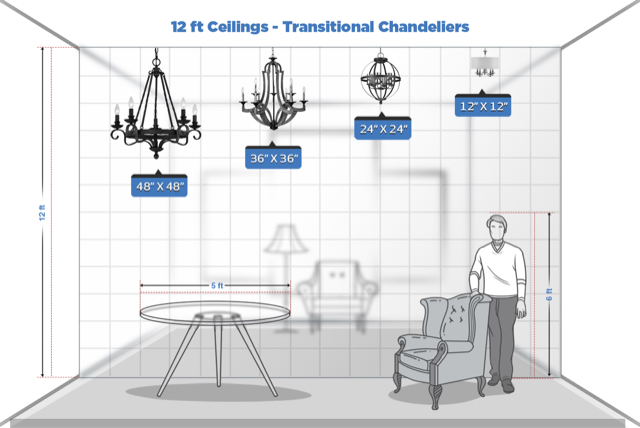 In the kitchen, proper lighting is essential for performing tasks such as cooking, chopping, and reading recipes. Placing a
chandelier
over the kitchen table provides focused lighting for these activities, ensuring that you have enough light to work with. It also eliminates the need for multiple light sources, creating a clutter-free and streamlined look. Additionally, a
chandelier
can be dimmed to create a softer, more intimate atmosphere for meals and gatherings.
In the kitchen, proper lighting is essential for performing tasks such as cooking, chopping, and reading recipes. Placing a
chandelier
over the kitchen table provides focused lighting for these activities, ensuring that you have enough light to work with. It also eliminates the need for multiple light sources, creating a clutter-free and streamlined look. Additionally, a
chandelier
can be dimmed to create a softer, more intimate atmosphere for meals and gatherings.
Maximizing Space and Functionality
 In smaller kitchens, where space is limited, a
chandelier
can be a game-changer. By suspending it over the kitchen table, you free up valuable counter and floor space, allowing for better flow and movement in the room. This makes it easier to navigate and work in the kitchen, creating a more functional and efficient space.
In smaller kitchens, where space is limited, a
chandelier
can be a game-changer. By suspending it over the kitchen table, you free up valuable counter and floor space, allowing for better flow and movement in the room. This makes it easier to navigate and work in the kitchen, creating a more functional and efficient space.
The Final Verdict
 In conclusion, a
chandelier
over the kitchen table is not just a matter of aesthetics, but it also serves a practical purpose in house design. It enhances the overall look of your kitchen, provides focused lighting for tasks, maximizes space and functionality, and serves as a statement piece. So, if you're considering adding a
chandelier
to your kitchen, don't hesitate. It is a must-have in any well-designed home.
In conclusion, a
chandelier
over the kitchen table is not just a matter of aesthetics, but it also serves a practical purpose in house design. It enhances the overall look of your kitchen, provides focused lighting for tasks, maximizes space and functionality, and serves as a statement piece. So, if you're considering adding a
chandelier
to your kitchen, don't hesitate. It is a must-have in any well-designed home.




:max_bytes(150000):strip_icc()/Chandelier_0635-0b1c24a8045f4a2cbdf083d80ef0f658.jpg)







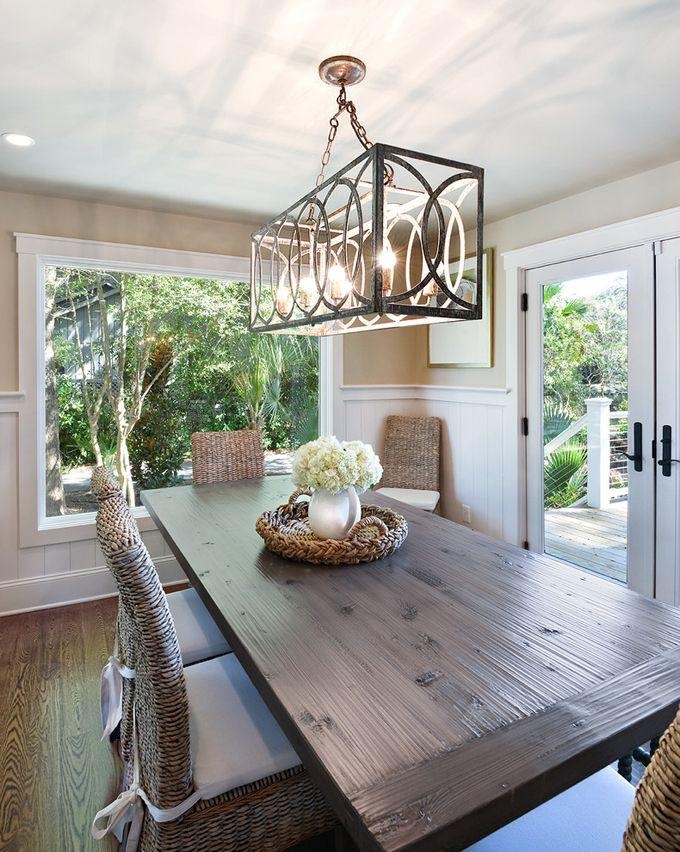

























/Chandelier_0635-0b1c24a8045f4a2cbdf083d80ef0f658.jpg)











/1-4a96168c53cd4f43a3c125c261ac57d7.jpeg)





